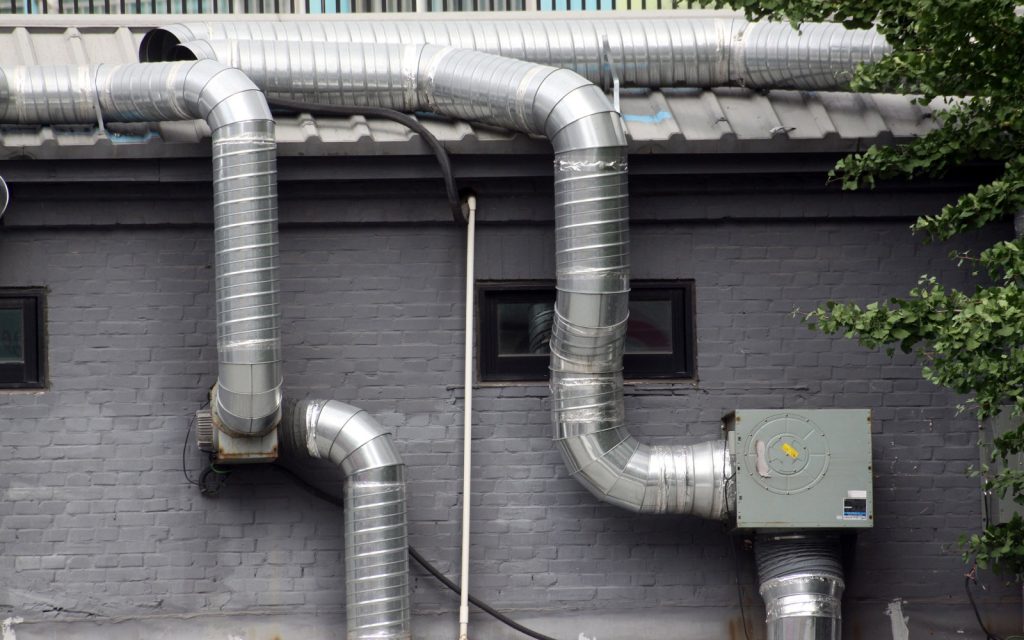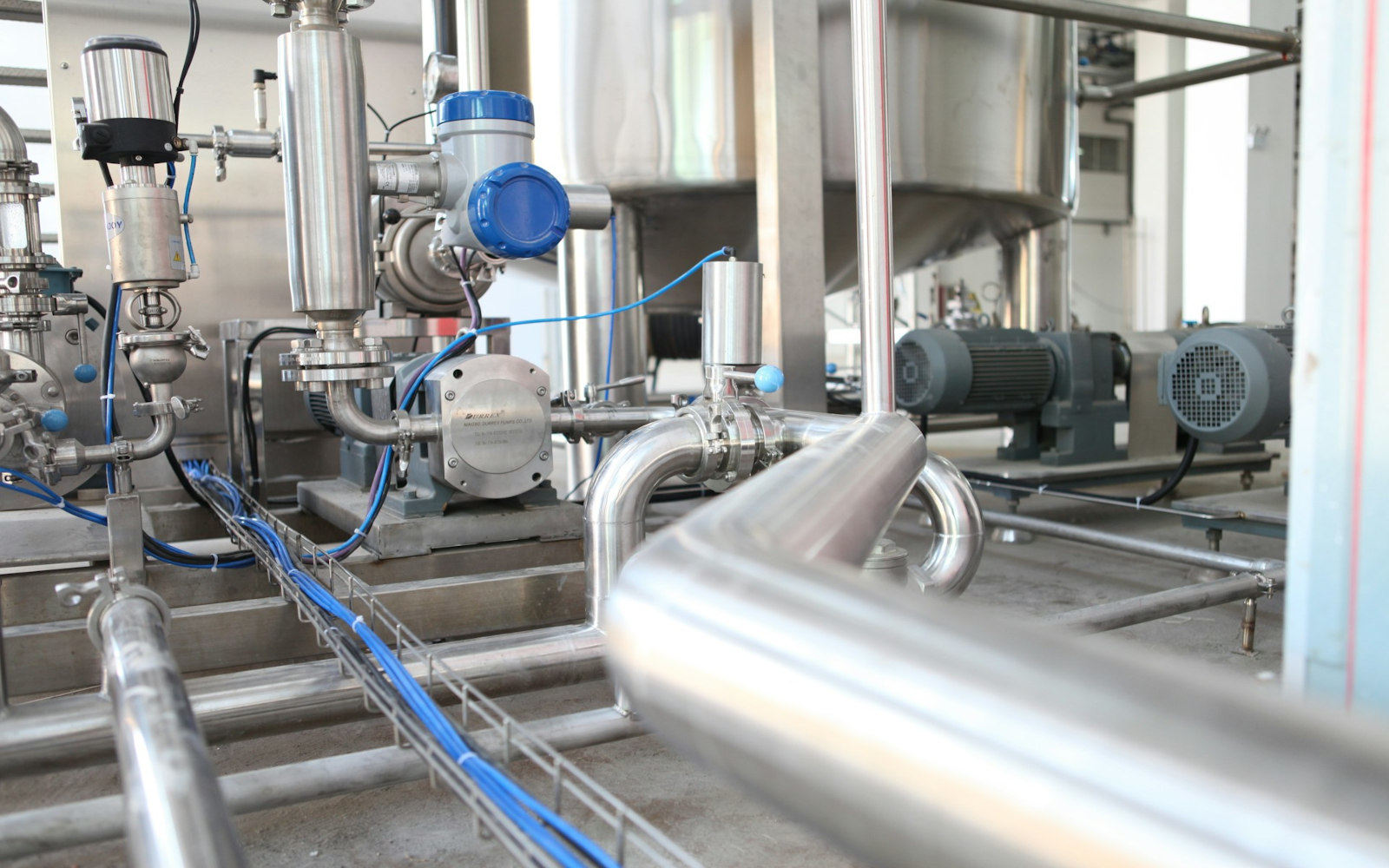Ozone (O3) is a highly reactive gas used in various industrial applications, known for its strong oxidizing properties. While beneficial in specific processes, ozone can be hazardous to human health and safety.
This article explores the potential dangers of ozone gas exposure, its industrial uses, safety measures, and best practices for ensuring a safe working environment. The goal is to equip safety managers, industrial hygienists, and other professionals with critical knowledge to mitigate the risks associated with ozone.
Common Industrial Uses of Ozone
Ozone is employed in a variety of industries due to its powerful oxidizing and disinfectant properties. Key applications include:
- Water Treatment: O3 is used to disinfect drinking water and treat wastewater, effectively killing bacteria and other pathogens.
- Food Processing: Utilized to sterilize equipment and surfaces, as well as to preserve food products by reducing microbial load.
- Air Purification: Applied in air purification systems to eliminate odors and contaminants.
- Chemical Manufacturing: Involved in the synthesis of certain chemicals, including pharmaceuticals and fine chemicals.
- Bleaching: Used in the bleaching of textiles, pulp, and paper.
Despite its usefulness, ozone poses significant health and safety risks due to its high reactivity.
The Hazards of Ozone Gas
Ozone is a colorless gas with a distinctive, sharp odor, often noticeable during electrical storms. It presents several health risks:
- Respiratory Irritation: Inhalation of O3 can cause chest pain, coughing, shortness of breath, and throat irritation. High concentrations can lead to lung inflammation and respiratory distress.
- Oxidizing Properties: O3 gas is a strong oxidizer that can react with organic materials and other chemicals, potentially causing fires or explosions.
- Toxicity: Prolonged exposure to O3 can lead to chronic respiratory issues and aggravate conditions such as asthma and chronic obstructive pulmonary disease (COPD).
Exposure Limits and Regulations
To protect workers from the dangers of ozone, various regulatory bodies have established exposure limits:
· OSHA (Occupational Safety and Health Administration):
-
- PEL (Permissible Exposure Limit): 0.1 ppm (8-hour TWA)
· NIOSH (National Institute for Occupational Safety and Health):
-
- REL (Recommended Exposure Limit): 0.1 ppm (10-hour TWA), 0.3 ppm (15-minute ceiling)
· ACGIH (American Conference of Governmental Industrial Hygienists):
-
- TLV (Threshold Limit Value): 0.1 ppm (8-hour TWA), 0.2 ppm (STEL)
Safety Measures and Best Practices

Ensuring safe handling of ozone requires a comprehensive safety approach. Key measures include:
1. Fixed Gas Detection Systems:
-
- Continuous Monitoring: Fixed gas detectors can continuously monitor ozone levels, providing early detection of leaks and ensuring compliance with safety standards.
- Alarm Systems: Audible and visual alarms alert personnel to hazardous O3 concentrations, prompting immediate action.
2. Personal Protective Equipment (PPE):
-
- Workers should use appropriate PPE, including respirators, chemical-resistant gloves, goggles, and protective clothing, especially in areas where O3 is used or generated.
3. Proper Ventilation and Containment:
-
- Adequate ventilation systems are crucial to disperse ozone and prevent the buildup of hazardous concentrations. This is particularly important in enclosed spaces.
4. Emergency Response Plans:
-
- Comprehensive emergency response plans should include procedures for evacuation, medical response, and coordination with emergency services. Regular drills and training sessions are essential to ensure preparedness.
5. Training and Awareness:
-
- Regular training on the hazards of ozone, safe handling practices, and emergency procedures is vital for all employees. Awareness campaigns can help reinforce safety protocols.
Ozone is a powerful oxidizer with numerous industrial applications, but it also poses significant health and safety risks. Understanding its hazards and implementing stringent safety measures, including gas detection systems, proper PPE, ventilation, and emergency planning, are crucial for protecting workers and facilities.
By adhering to best practices and maintaining vigilance, industries can minimize the dangers associated with O3 exposure.
For more information on ozone safety and Interscan’s Accusafe and GasD 8000 detection systems, please reach out to us and request a quote today.


